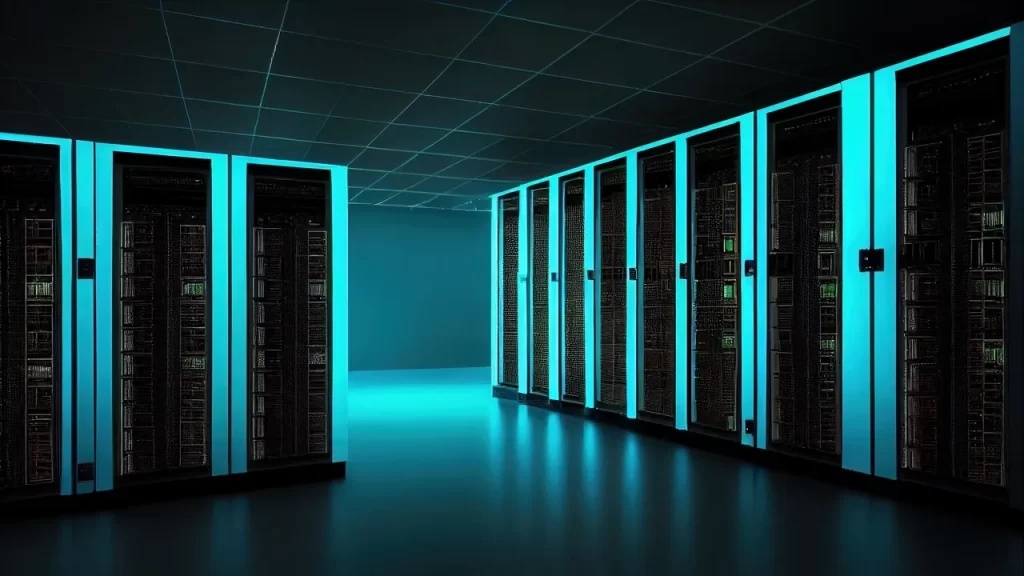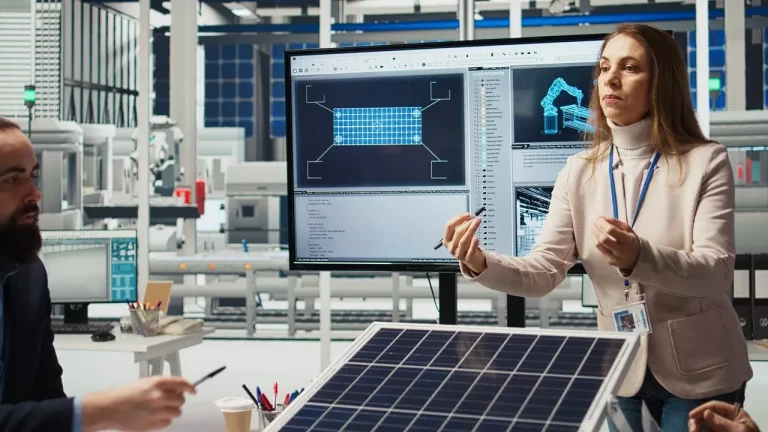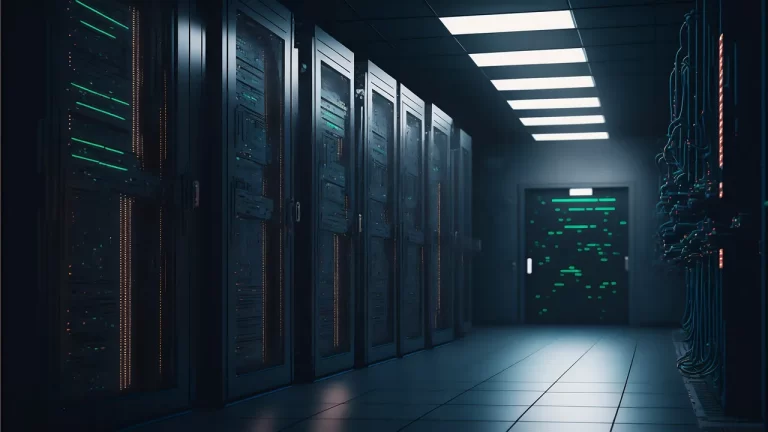When businesses require a massive change in migrating to digital environments, existing data center concepts are no longer viable due to costs, along with management and adapting uses. The novel conception of Virtual Data Center (VDC) is a software that creates virtual replicas of physical infrastructure using virtualization technology. The IaaS solution VDC allows organizations to get fundamental features that enable the incredible growth of operational capacity and reduced costs of investment that would be necessary to adapt to the continually evolving environment while safeguarding business processes.
It should, therefore, be expected that the advancement in IT infrastructure will be of automated systems that offer flexibility in services because the virtual data centers already have these features for future development. Virtualized infrastructure also allows an organization to be flexible and to adapt to tomorrow’s workloads because, for example, hybrid work is now possible, artificial intelligence is used in various applications and edge computing is used as well. Virtual data centers are going to properly connect with main cloud providers, in addition to addressing strategies that interconnect multi-cloud.
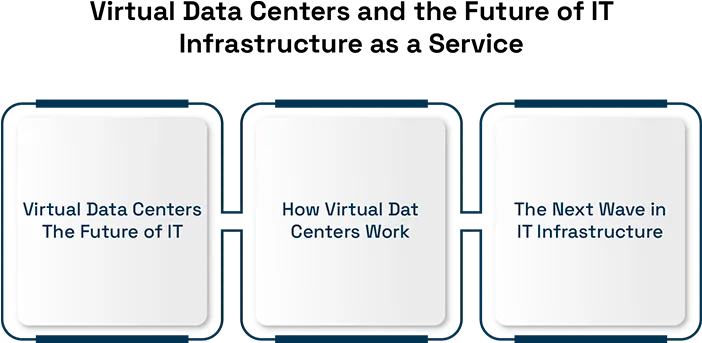
What is a Virtual Data Center?
Software-defined VDCs on the other hand, are virtual computing platforms that provide storage in addition to networking and computing for virtual IT environments. The hypervisors such as VMware, Hyper-V, and KVM, afford VDCs the capacity to create entire IT environments, thus mimicking the physical servers and site-based hardware. With the help of VDC, one is in a position to define an organization’s virtual machines and storage volumes, plus configure networks, all within minutes through some simple management dashboards or APIs.
The main difference between VDCs compared to traditional data centers is that VDCs must be able to proactively allocate resources and be capable of eliminating hardware elements while being scalable by nature and using elastic means of doing so. Software-defined operations provide businesses with the virtual data center services of creating a globally distributed network, despite not having ownership over any servers. With the creation of VDCs, its role is also determined as the fundamental element of the cloud-native architectures together with microservices and appropriate support of containers and serverless computing AI workloads
Topologies and Architecture of Virtual Data Centers
virtual data centers have an architecture to control a set of topological models comprising public clouds as well as private clouds, and hybrid clouds. A public VDC will use infrastructure providers such as AWS, Azure, and Google Cloud in delivering their services as they are scalable and offer clients cheaper solutions. In the case of companies using private VDCs, organizations get tailored and compliant virtual infrastructure that is only used by them with full control. Public-cloud integration with the private system allows employing the primary facilities from two different systems but establishing an efficient circulation between the VDCs.
The implementation of VDCs relies on SDN with SDS to achieve the former’s basic structure of modularity and flexibility. In this type of control plane, automation tools are used in orchestrating raw hardware resources that are encapsulated in a process associated with cloud-native. Kubernetes helps the VDC systems put into practice the modern DevOps strategy and act in edge applications, as well as connect different cloud environments. It provides enterprises with the organic structures developed to be able to construct both sustainable and duplicate infrastructures that are free from the bondage of physical structures.
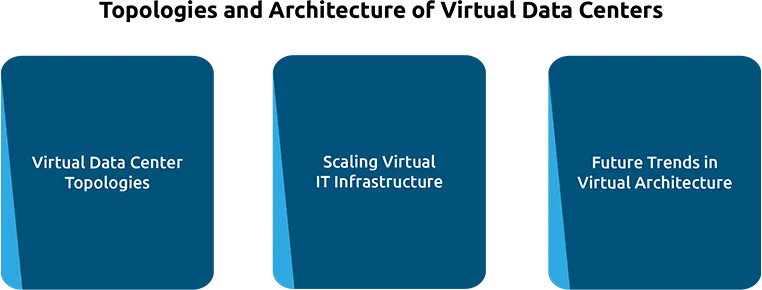
As organizations increasingly shift toward flexible and scalable digital environments, the role of the cloud data center becomes central to modern IT infrastructure strategies, particularly through the adoption of Virtual Data Centers (VDCs). Cloud data centers, which serve as the foundational platforms for VDCs, enable enterprises to leverage virtualization technologies for computing, storage, and networking without the constraints of physical infrastructure. By integrating with public and private cloud environments, these data centers provide on-demand resources, cost-efficient scalability, and high availability, supporting advanced applications such as AI, edge computing, and serverless deployments. This evolution positions cloud data centers as essential to delivering Infrastructure as a Service (IaaS) solutions that support business agility, sustainability, and continuous innovation.
Key Benefits of Virtual Data Centers
This is one of many advantages of virtual data centers, based on the cost and efficiency criteria. They do away with the need for organizations to indulge in buying expensive physical servers and storage equipment as well as large spaces to accommodate them. This payment system means that manufacturing companies are charged for the actual resources they use by VDCs. This strategy helps organizations to reduce cash outlay on infrastructure capital and turn infrastructure costs into operating expenses to improve the cash flow flexibility in an environment of volatile infrastructure costs.
In return, the advantages of VDCs are cost reduction as well as the capacity for scalability and access to better availability and sustainability. Resource capacity in a business may be altered on an instant basis to correspond with variations in workload. Robotic failure over automatic resource allocation accompanied by live computer migration ensures business operation continuity with minimal disruption for reliable disaster recovery. As virtual data centers involve less power consumption and cooling, they are considered sustainable for environmentally friendly carbon reduction goals of various organizations.
Virtual Data Center Services and Use Cases
Matching services from modern VDC platforms include the benefits of the virtual machine in os hosting and container management, together with virtual networking and software-defined storage. Through VDC platforms, organizations can manage thousands of workloads that operate securely across various regions with stable performance. Zero-trust security models together with automation for compliance and AI-driven monitoring complement VDCs while rendering them optimal choices for enterprises with mandated regulatory needs in healthcare and finance sectors.
Multiple industry sectors experience expanding applications of virtual dedicated clouds within their operations. The platform helps companies implement virtual data centers in cloud computing transformations that move their outdated systems into flexible cloud systems. AI and big data systems utilize VDCs as their foundation to run real-time analytics because these platforms provide the compute resources alongside distributed network capabilities. The critical application Disaster Recovery as a Service (DRaaS) enables businesses to perform data backup and restoration while eliminating the need for duplicated physical systems. Virtual desktop computing infrastructure has transformed infrastructure delivery methods and consumption models through its ability to serve remote staff and host software as a service platform.
The Future of Virtual Data Centers in IT Infrastructure
The future deployment of virtual data centers will be realized by deploying three important advancements; these advancements include artificial intelligence and edge computing with quantum technology usage. Virtual data centers use artificial intelligence to control the infrastructure and improve the security of the mechanisms, together with maximization of resource usage in line with predicted bottlenecks. That is why the introduction of edge computing allows virtualized infrastructure to be placed closer to the data sources, as close as to require low latency in such applications including IoT, augmented reality, and autonomous systems. Virtual data centers turn into discrete environments that administrators can deploy and manage instantly in various zones.
The future stage of VDC development will be indicated by the progress of quantum computing and serverless infrastructure systems. Such virtual environments must be created since the quantum operations will in the future be used to run other workloads that require both high speed and scalability. Serverless computing models help to reduce the application deployment complexity through VDCs since they come with self-managing infrastructure features that help the developers concentrate on coding. Thus, VDCs remain at the center of architectural changes because the IT industry still progressing toward automated, smart, and flexible infrastructure delivery.

